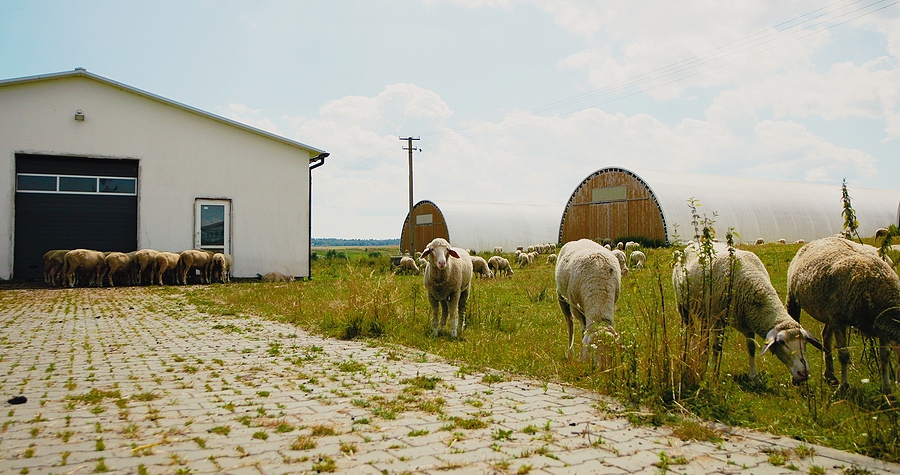In the tapestry of rural life, each thread plays a pivotal role in the grand design of agriculture. Among these, wool shed locations hold a place of singular importance, serving as the nexus between the pastoral care of sheep and the market’s demand for wool.
This guide aims to unravel the complexities of assessing wool shed efficiency and functionality, providing insights into their critical role in farm infrastructure. Through understanding and evaluating these structures, farmers can ensure their operations remain both productive and sustainable.
The Core of Wool Production: Examining Wool Sheds
Wool sheds, the heartbeats of many farms, are more than just buildings; they are the hubs where the annual wool harvest occurs. A well-designed wool shed facilitates smooth operations, from shearing to wool classing and storage. However, the effectiveness of a wool shed hinges on several factors, including its design, capacity, and the integration of modern equipment.
The assessment of a wool shed’s capability is crucial. It should accommodate not just the present needs of a farm but also anticipate future growth. Space for shearing stands, wool sorting areas, and storage must be balanced with the need for animal welfare and worker safety. The layout should promote efficient movement of sheep, reducing stress for the animals and improving the working conditions for the shearers.
Considerations in Assessing Wool Sheds
When evaluating wool shed efficiency, several aspects demand attention. The number of shearing stations, the flow of sheep through the shed, and the ease of wool handling are paramount. Ventilation and lighting play critical roles in creating a conducive working environment, directly impacting the quality of work and the well-being of both animals and humans.
Moreover, the structural integrity of the shed is vital. Durable materials and construction methods facilitate the shed’s longevity, protecting the investment made into this essential infrastructure. Accessibility for livestock and farm vehicles enhances operational efficiency, reducing the time and labour required for wool-handling processes.
Incorporating Technology and Sustainability
Technology integration in wool sheds represents a leap in agricultural practices. Automated shearing equipment, electronic tagging for wool bales, and software tracking wool quality and quantity can significantly enhance productivity. These technologies streamline operations and provide valuable data for improving wool quality and farm management strategies.
Sustainability in wool shed operations is gaining traction. Practices such as installing solar panels, harvesting rainwater for use in the shed, and using sustainable building materials reduce the environmental footprint of wool production. These eco-friendly approaches not only align with global sustainability goals but also can lead to cost savings over time.
In Closing: The Future of Wool Shed Efficiency
In the field of sheep farming, the wool shed stands as a testament to the industry’s heritage and its future. As farmers review wool shed efficiency, they weave together tradition and innovation, ensuring their operations survive and thrive in the modern agricultural landscape.
The journey towards more productive, sustainable, and humane wool production starts with a thorough understanding and assessment of the wool shed, an unassuming yet critical player in the agricultural symphony.
To boost operational performance and output, owners will need to survey optimal shed layouts to gauge where the best opportunities lie. If they adhere to best practices and principles given the experience of their peers, they will bypass many of the obstacles and mistakes they encounter along the journey.









